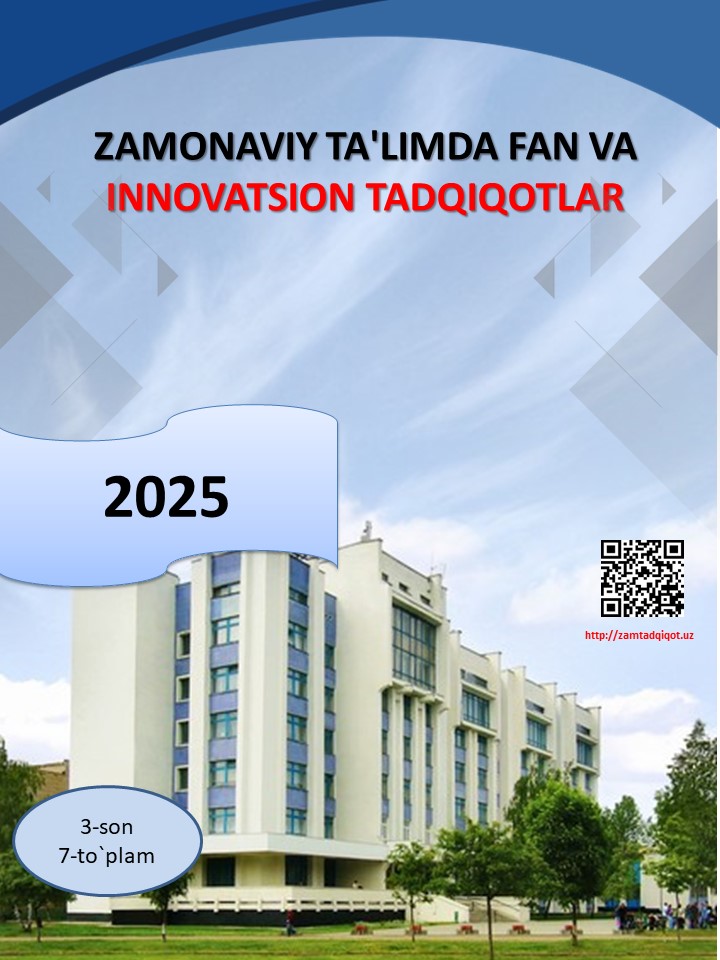THE OPPOSITION BETWEEN EMOTIONALLY COLORED AND EMOTIONALLY NEUTRAL VOCABULARY IN COMMUNICATION.
Abstract
Emotive speech is any speech utterance expressing emotion. The emotive quality of discourse is due to syntactical, international & lexical peculiarities. Lexical peculiarities mean the presence of emotionally colored Ws. The emotional coloring of the W may be permanent or occasional. The actuality of this work lies in its relevance to contemporary communication dynamics across various domains. Effective communication is essential for navigating diverse social, professional, and cultural landscapes in today's interconnected world. The opposition between emotionally colored and emotionally neutral vocabulary directly impacts how messages are received, interpreted, and understood in interpersonal interactions, organizational settings, and digital platforms.
References
1. Galperin, I. R. (1981).
Stylistics. Moscow: Higher School Publishing House.
— A classic work discussing stylistic devices, including emotional coloring of vocabulary and functional styles of language.
2. Arnold, I. V. (2002).
The English Word. Moscow: Vysšaja Škola.
— Focuses on word semantics, emotional and evaluative connotations in vocabulary.
3. Leech, G. N. (1969).
A Linguistic Guide to English Poetry. London: Longman.
— Discusses emotional coloration in poetic language and contrasts with neutral vocabulary.
4. Crystal, D., & Davy, D. (1969).
Investigating English Style. London: Longman.
— Explores stylistic variation and includes analysis of emotionally charged versus neutral language.
5. Halliday, M. A. K. (1978).
Language as Social Semiotic: The Social Interpretation of Language and Meaning. London: Edward Arnold.
— Examines how language expresses interpersonal meaning, including emotional and attitudinal aspects.






